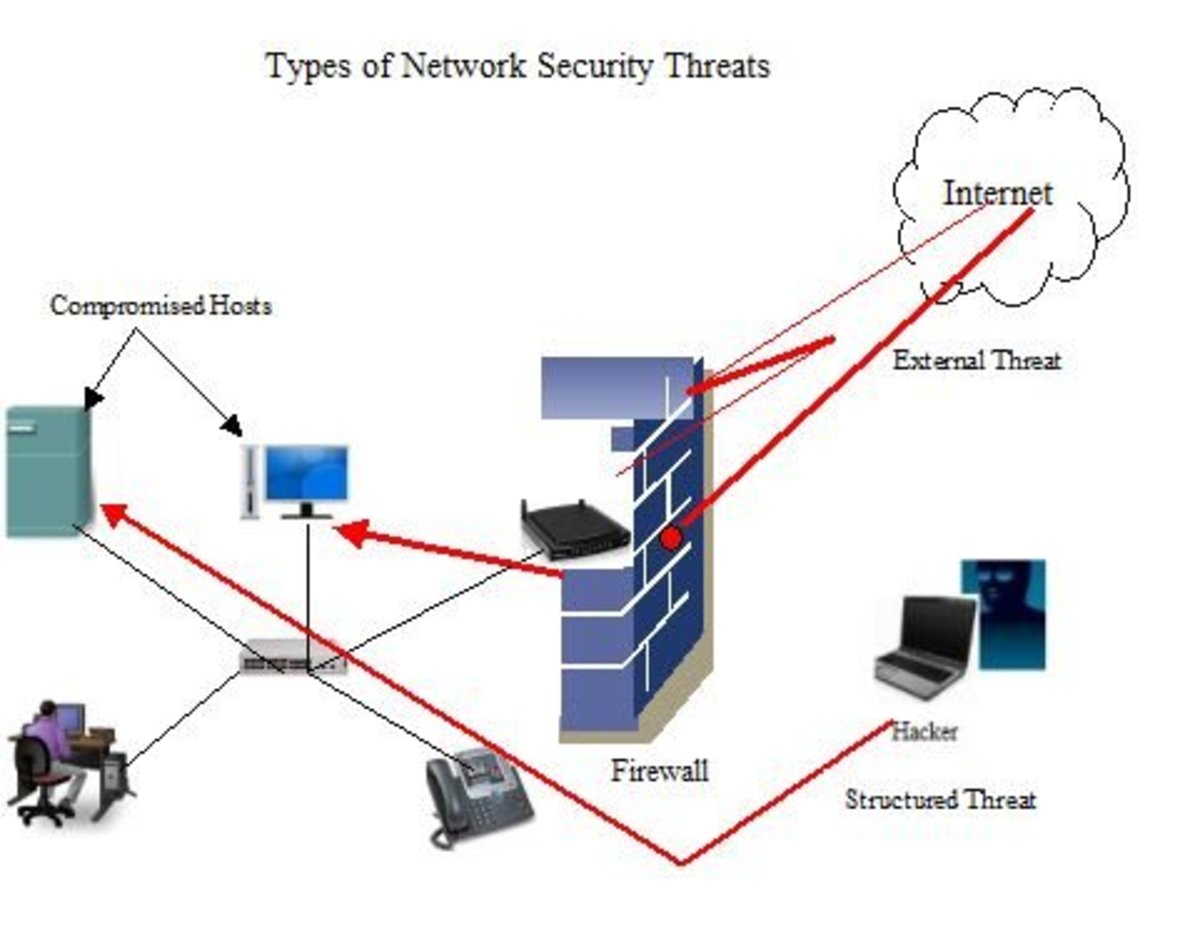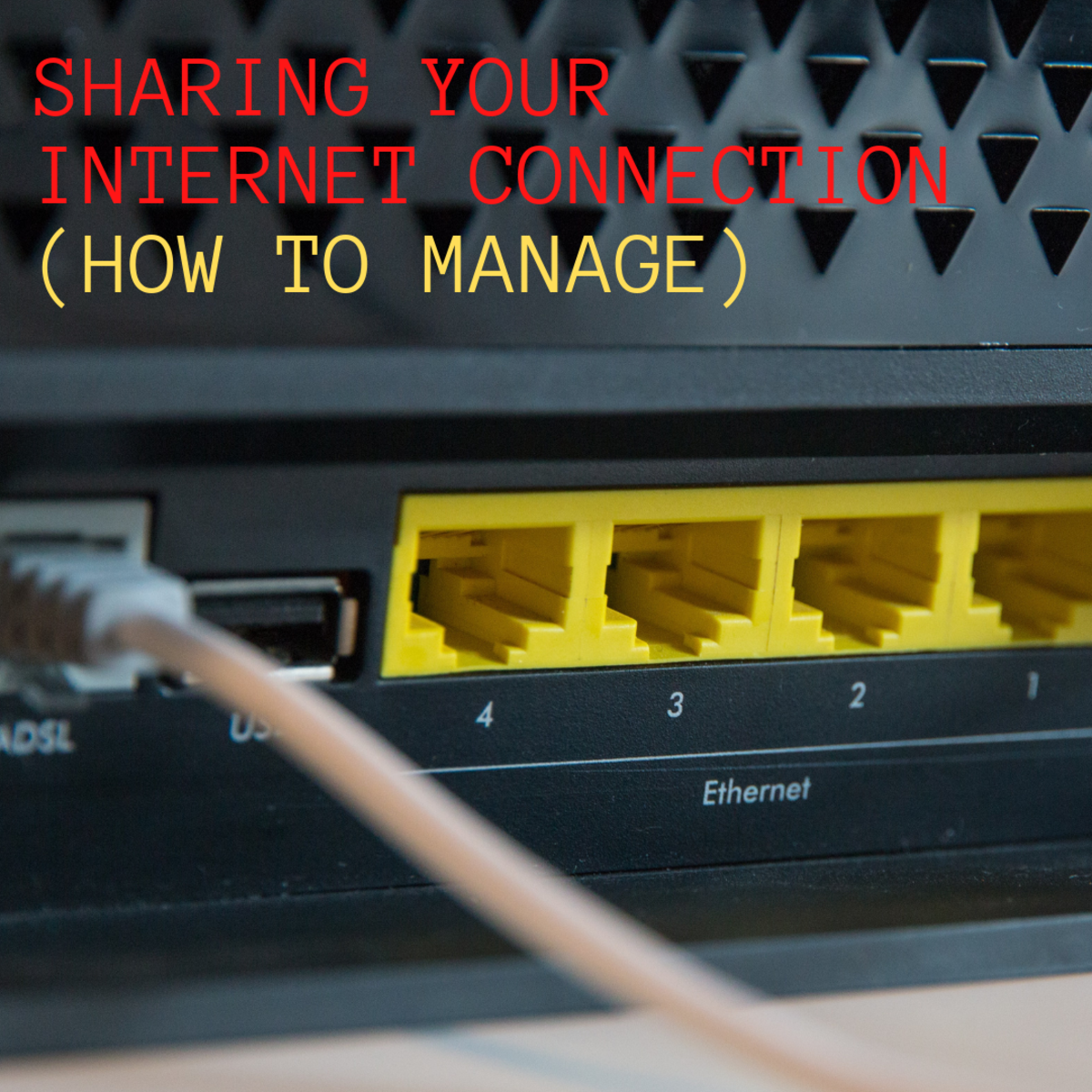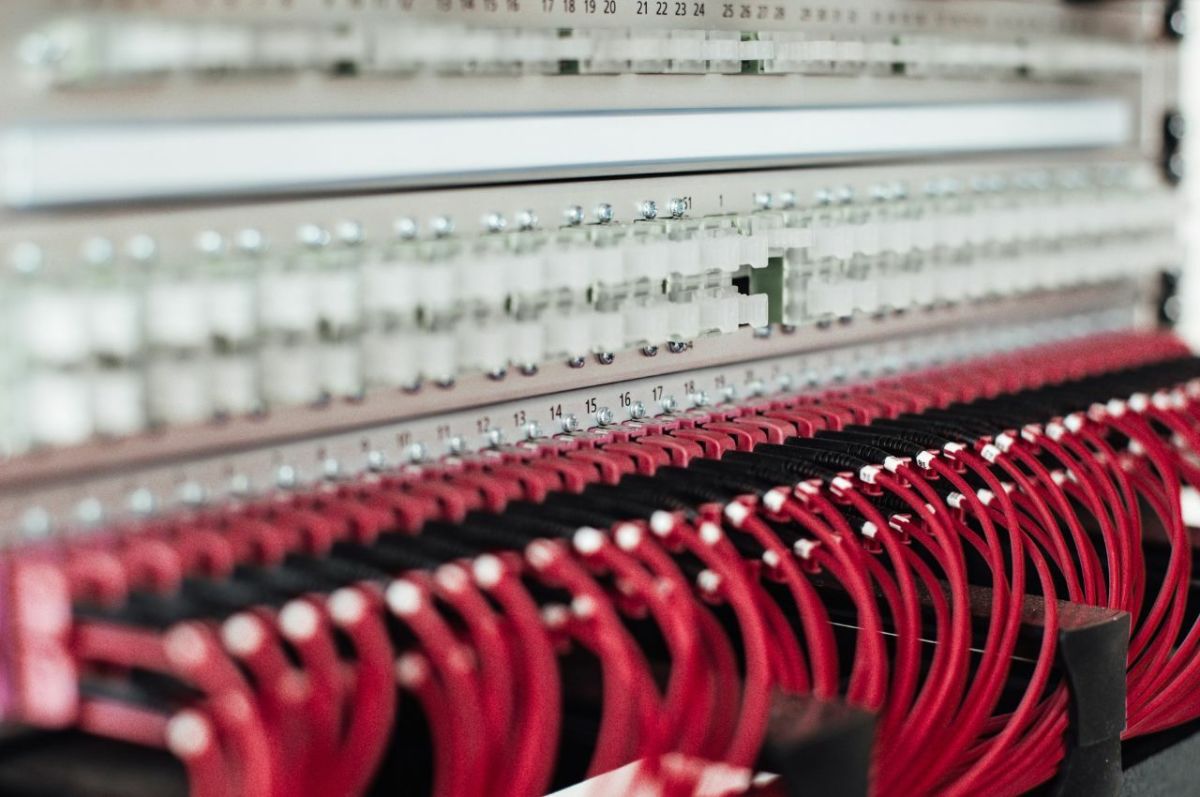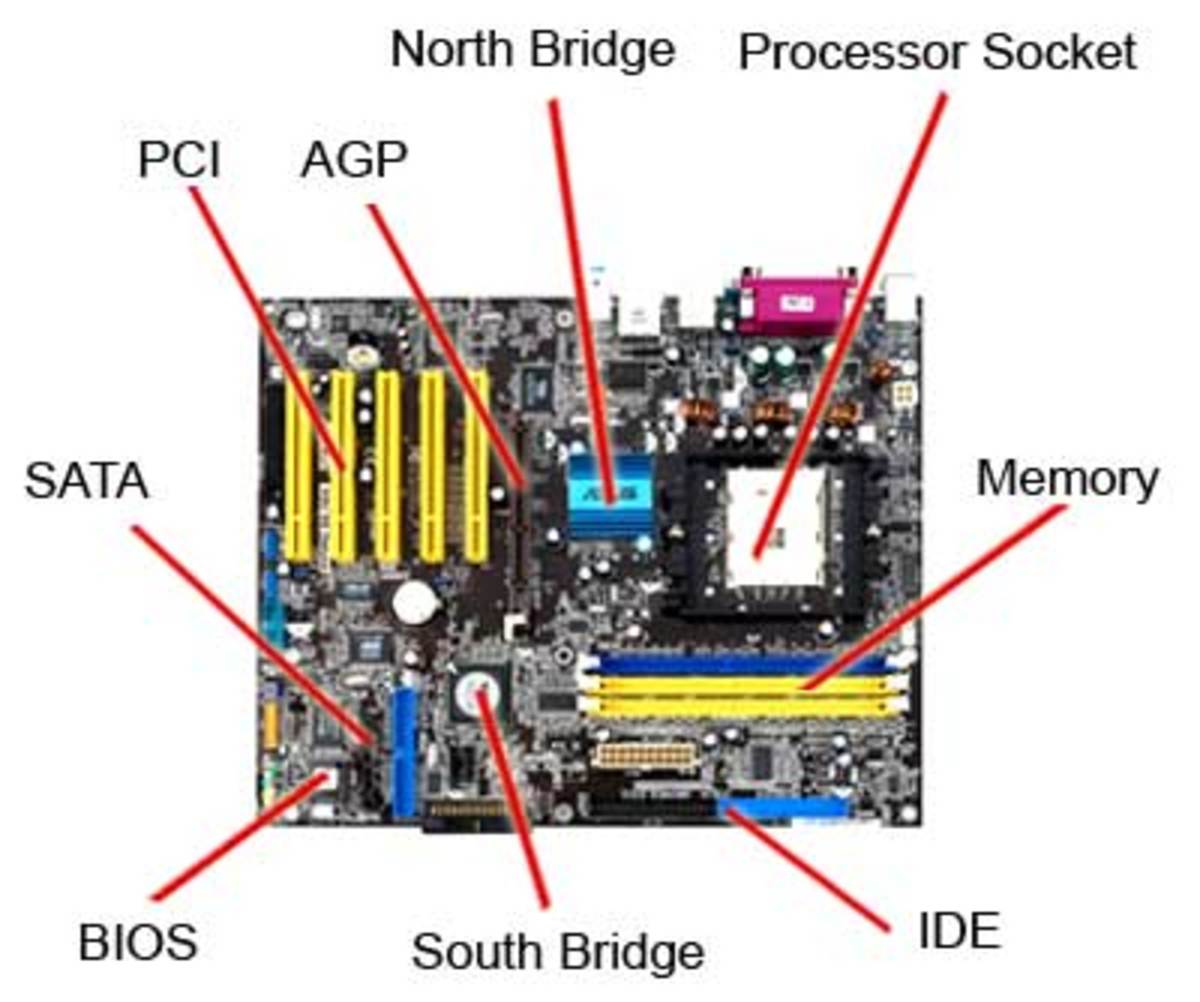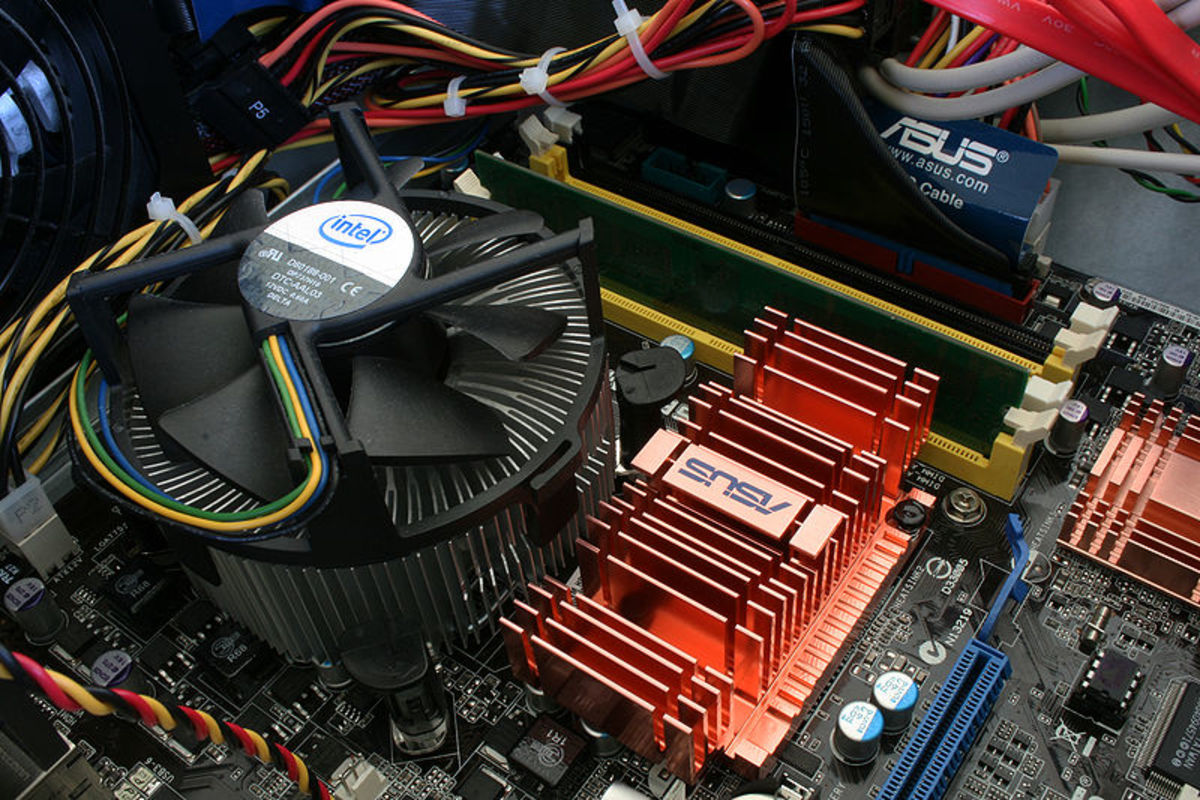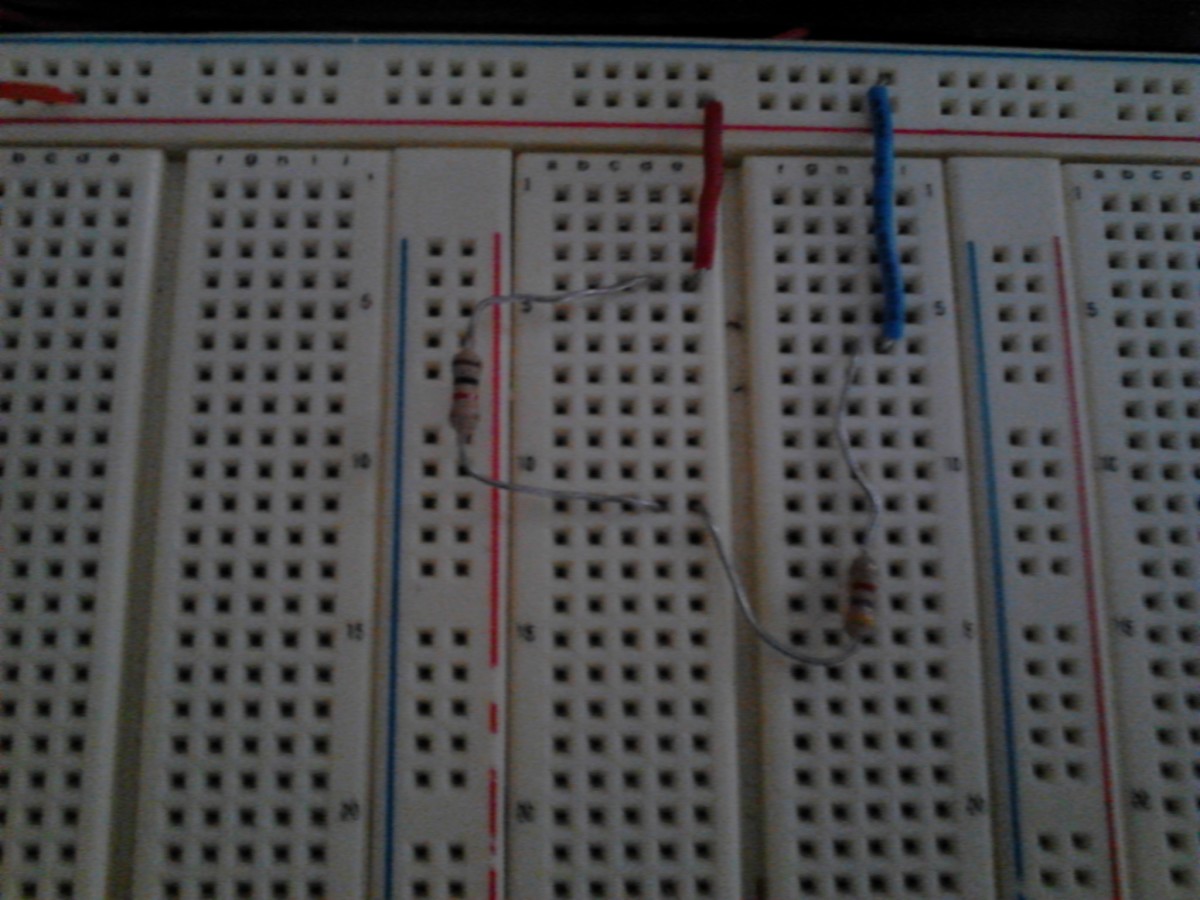- HubPages»
- Technology»
- Computers & Software»
- Computer Hardware
The functioning of a router!
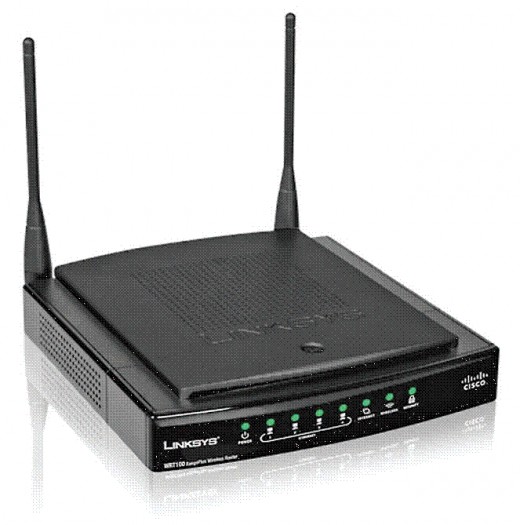
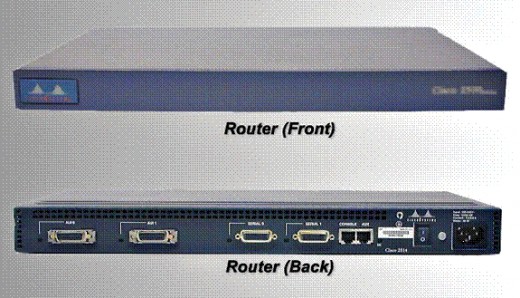
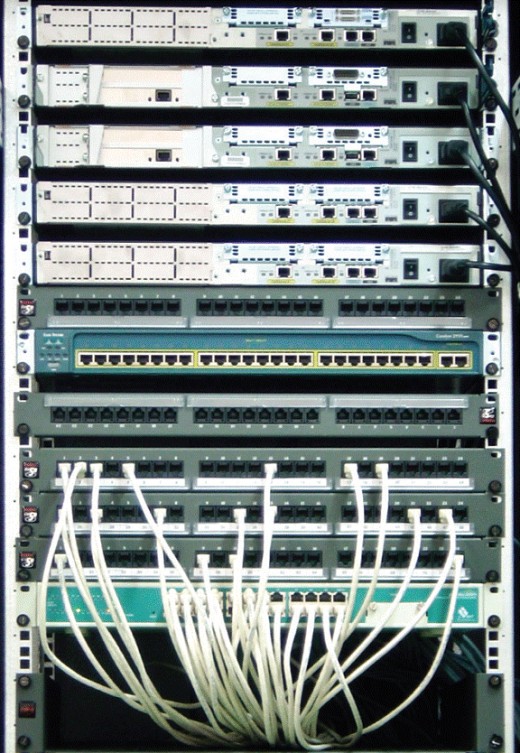
Today, the Internet is one of the best sources of information and a great communication medium as well. But very few know about the router, which is the primary medium through which all PCs are interconnected.
ALL of us download different files from
the Internet at our homes or workplace.
Be it web pages or files, the Internet has
proven to be a valuable source for almost
anything. But if it weren't for routers,
none of this would be made available to
us. Let's take a look at how this amazing
device makes it possible to interconnect
computers and share data as well.
WHAT IS A ROUTER?
A router is a device that acts as a medium
for interconnecting several PCs. If a PC
named compA wants to send data to
compB, the router will choose the best
path within the network and send data.
This is one of the main advantages of
using a router to connect several PCs since
other devices like hubs simply accept data
from a PC and broadcast it to all machines
on the network.
Routers basically operate in two
planes, one of which is the Control plane
where the router grasps the outgoing
interface to determine how to forward a
packet to a destination. Nowadays Wi-Fi
routers are used to avoid cabling issues.
WHAT DOES IT
CONTAIN?
Routers contain an
operating system, RAM,
NVRAM and flash memory.
For parallel processing,
some high-end routers also
contain application-specific
integrated circuits and
multiple processors. Other
high-end routers even
include multiple ASICs to
allow connectivity of LAN,
MAN, WAN or different connections.
Considering a scenario where less
terminals would be connected and traffic
would be less, a simple router can be used
to cut down expenditure. For a much
cheaper option, use of software like XORP
or Quagga, you can turn an ordinary PC
into a router.
HOW DOES IT WORK?
The router is known as an intelligent
switch since it's the only device that
monitors packets sent from PC to PC on
the same network and selects the best
path for transferring data.
For example, if compA sends a file to
compB, the router takes note of compA's
address and vice versa. All addresses are
stored in a table known as the routing
table. This table also stores information
such as connection priority and rules
for handling traffic. Thus the router
ensures that a packet reaches its proper
destination.
Another job of a router is that it joins
two networks and performs translations
of various protocols between the
networks. It also makes sure that packets
from one network are not sent across another network.
As more and more PCs are attached to the router,
it immediately saves their address into its routing table.
This is done only once for each PC.
For costs saving purposes, multiple PCs
can be connected to a single switch and
thereafter the switch can be connected to
a router using straight cables.



